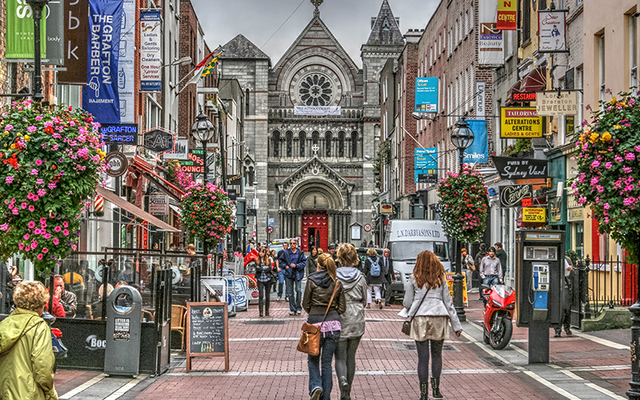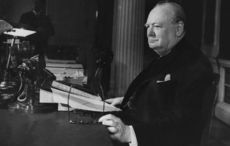For a country whose language revival has accelerated in recent years, it marks a confident, cultural milestone: Irish doesn’t need English to explain itself anymore.
Previous dictionaries, including Ó Dónaill’s much-loved 1977 version, always translated Irish terms into English. This new version changes that entirely. It’s more than a tool - it’s a declaration of independence for the language itself.
A Dictionary for a Modern Gaeilgeoir
Lexicographers behind the new foclóir (dictionary) want it to reflect how Irish people actually speak today. That means including everything from social media slang to new food terms. “Cappuccino” is now an Irish word in its own right - no translation needed. More creatively, “avocado” has been coined as abhacáid.
This kind of cultural flexibility is what helps keep a language alive. And increasingly, people are turning to digital tools to stay engaged with Irish, from online dictionaries to language apps, to even social gaming platforms where the craic lives on in new forms.
In fact, one reason the Irish-only dictionary will launch online first is because 94% of Irish adults are online every day. Our screen time has exploded since the pandemic, and more of us are using phones not just to scroll, but to learn, speak, and explore Irish. As IrishCentral noted in a recent feature, “the Irish are addicted to their phones”, so why not put that time to better use?
Irish Revival, Online and Off
Since 1990, the number of students learning entirely in Irish has more than tripled. Gaelscoileanna are now mainstream, and Irish-language media has flourished beyond the Gaeltacht.
But tech has turbocharged that trend. Over 1 million people are learning Irish on Duolingo - and over 5 million globally have tried. The appetite is there, and it’s global.
Even platforms not originally designed for education are playing a role. In lockdown, online bingo and quizzes hosted in Irish offered a digital lifeline to older speakers and curious learners alike. Today, it’s common to find online bingo games running entirely in Irish, complete with moderators who chat with players in the language.
This merging of language and leisure is exactly where many digital platforms are headed. Just like the new dictionary blends modern culture into traditional language, some no-wagering slot sites are stripping back complexity and making online play more transparent and fun, especially for users who just want quick, uncomplicated entertainment.
Modern Tools for an Ancient Tongue
The digital dictionary will be completely free to use and designed to evolve with modern usage. It will also include examples in context, allowing learners to better grasp meaning without reverting to English.
In the same spirit, the rise of no-deposit slot sites shows how small, accessible entry points are becoming the norm across the digital world. You don’t need to commit upfront - you can try, explore, and gradually immerse.
It’s a concept shared by learners too: starting small, picking up Irish words in games or casual content, and slowly building confidence.
Ireland’s Language, Ireland’s Voice
This dictionary isn’t just for academics. It’s for everyday speakers, curious learners, and Irish citizens who want to think in their own language - not translate it through another.
And while Irish may be thousands of years old, it’s thriving in thoroughly modern ways. From Duolingo to new slot sites at WDWBingo.co.uk to virtual céilís, the digital expression of Irish culture is alive, creative, and constantly evolving.
The dictionary's editors say it best: "Irish is not a museum piece - it's a living, changing part of our culture."
Now, thanks to a new kind of dictionary, we can understand that culture, and ourselves, on our own terms.




Comments